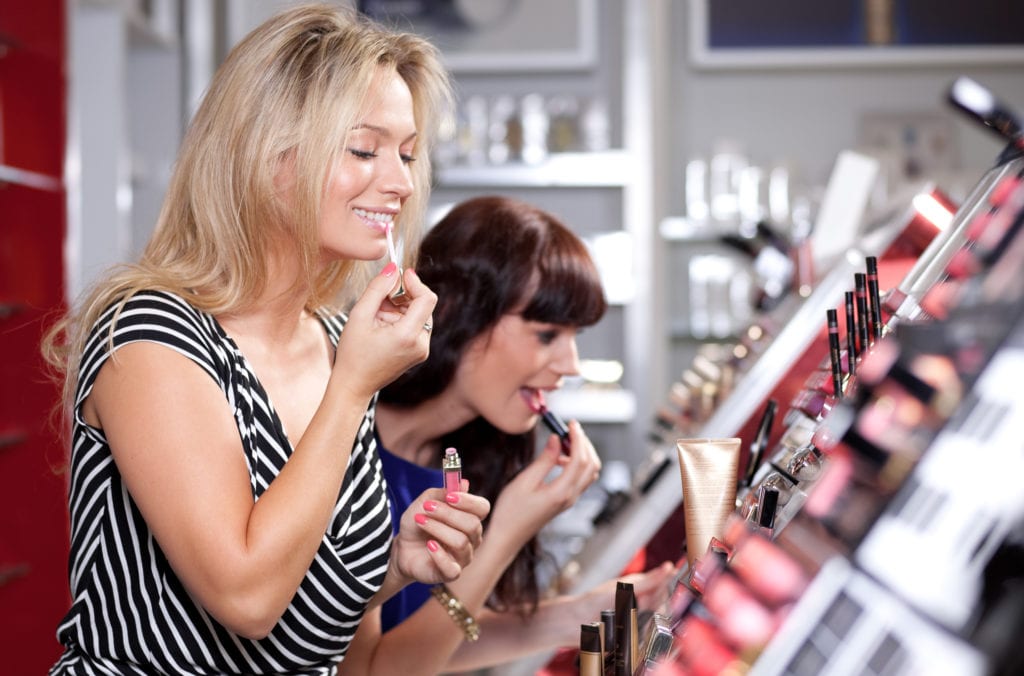
For the multi billion-dollar beauty industry, appealing to millennial consumers – the largest generation in America – isn’t just a good idea, it’s crucial.
According to market intelligence agency Mintel, the beauty industry saw revenues of over $46 billion in 2015 and is projected to grow to over $51 billion by 2020. Women ages 18 to 34 are the biggest portion of the $13 billion dollar cosmetics market and they’re the most likely to be heavy buyers, meaning they purchase more than 10 types of products per year.
But, when it comes to beauty products, millennials are suspicious shoppers. Burned by stressful counter experiences and exaggerated magazine reviews, they’re distrusting. Their skepticism is impacting how, why and where beauty purchases happen, and the industry is evolving in response, effectively changing the way all consumers shop for beauty. Here’s a summary of the changes you may notice:
Try Before You Buy
Product testing is vital to today’s beauty buyer. Online beauty purchases are down and stores like Ulta and Sephora, where trial stations and testers are the norm, are growing. According to a survey conducted by TABS Analytics, Ulta experienced a 41% increase in regular buyer purchases in 2015 compared to 2014. And Sephora reported a 25% increase in buyer penetration and a 32% increase in regular buyer purchases last year over the previous year. Clearly, consumers want to try before they buy. And retailers are listening as more offer samples and bring products out from behind counters.
A-La-Carte Beauty Solutions
According to the TBAS Analytics report the big brands, like Accelerated Analytics’ customers L’Oreal, Estee Lauder and Clinique, among others, are still going strong. What does seem to be changing is the belief that any one brand can provide all solutions to all of their problems. In other words, millennials like to have a choice. This means the door is opening wider for niche and specialty lines like Anastasia Beverly Hills which has seen significant growth. “The consumer has demonstrated a very high capacity to try and use multiple brands and that tendency seems to be growing over time,” says Kurt Jetta, Ph.D., CEO and lead product developer for TABS Analytics.
Fewer Sales People
While 90% of beauty purchases are still made at brick and mortar stores, today’s buyers are researching before they buy and thus taking the experience into their own hands. Beauty consumers are turning to online reviews, beauty blogs, YouTube, and the advice of friends prior to their purchases. All of this pre-purchase research boosts buying confidence and helps match expectations with reality, but it also means that the traditional makeup counter salesperson is becoming obsolete. They’re being relegated to a supporting cast member that shoppers only seek out when absolutely necessary.
Source: www.racked.com


